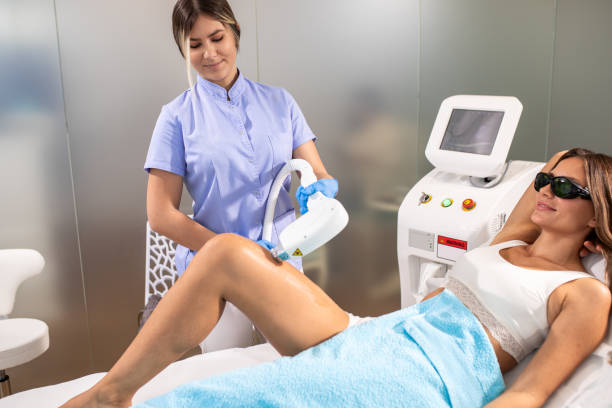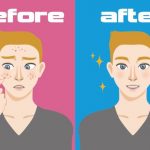We use harmful chemicals in products every day on different parts of our bodies. Researchers recommend choosing products that don’t increase the overall exposure. It is particularly important to do this during pregnancy, early childhood, and puberty.
It’s not necessary to change your whole skincare routine in one day. It’s like eating better: Take stock now and then of what you put on or in your body. Replace some of your current products with healthier alternatives.
This is a systematic but simple process that will help you.
Consider how you will use a particular product.
You will likely be frustrated if you try to eliminate all chemicals from your life. The size of the dosage is what determines if something is harmful to your health. Start by counting the number of personal care, skincare, and beauty products that contain harmful ingredients. Refer to my previous blog for a list of some of the more common ones. Then, start eliminating them. Repeat this process about every month.
Prioritize the products that you apply directly to your skin and that stay on for a long time.
There’s an App for That
The Environmental Working Group thinks dirty apps allow you to search a product using its name or barcode to identify questionable ingredients. The apps also give chemicals a score based on how many hazards they have.
Remember that these scores do not take into consideration how often or how you use the product. It’s your responsibility to decide what level of risk you are comfortable with. You may choose to concentrate on the chemical hazards of products that you use every day rather than those that you only use once or twice a week.
Certifications from third parties can be helpful.
You can find better products by using third-party certifications like USDA Organic, which denotes organic products, or COSMOS Natural, which is awarded to products that have passed an audit on their ingredients, manufacturing process, and eco-friendly package. These labels can be different, so it’s best to check the certifications to see what they mean.
It would help if you didn’t assume, however, that products without these seals are toxic. Some companies are required to pay fees to become approved. Small brands may decide not to be certified due to the costs.
A good diet and enough fluids can also help. Dehydration can increase the risk of injury to your skin. Even if there are no other symptoms, minor nutritional deficiencies may cause skin changes such as rashes or lesions.
Lotions and moisturizers will keep your skin moist. Avoid soaps with a strong detergent (drying) or that have a heavy perfume. Bath oils can make you slip and fall. Moisturized skin will be more comfortable and heal faster.
The most comprehensive sun protection:
- Wear sunscreen. Choose a sunscreen that has an SPF of at least 15 and is broad-spectrum. Use sunscreen liberally and reapply it every two hours or more frequently if you are swimming or sweating.
- Find shade. Avoid sun exposure between 10 am and 4 pm, when sun rays are at their strongest.
- Protect your skin by wearing long sleeves, pants, and wide-brimmed caps. Consider using laundry additives that provide an extra layer of protection against ultraviolet rays for a limited number of washes or sun-protective clothing.




